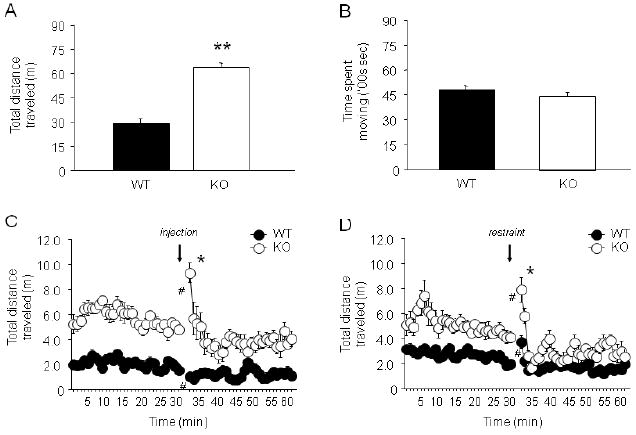FIGURE 1. GluA1 KO exhibited locomotor hyperactivity in response to novelty and mild stress.

(A) KO traveled significantly farther than WT in a 10 min exposure to a novel open field (**p<.01) (n=15/genotype). (B) Movement in a home cage-like environment was not different between genotypes (n=45-47/genotype). (C) KO traveled significantly farther than WT before injection stress. Injection stress produced a transient decrease in locomotor activity in WT but an increase in activity in KO (*p<.05 vs. minute 31 in WT; #p<.05 vs. minute 30 in same genotype) (n=7-8/genotype). (D) KO traveled significantly farther than WT before restraint stress. Restraint stress produced a transient increase in locomotor activity in both genotypes, but a greater increase in KO (n=9-10/genotype). Data are Means ±SEM.
